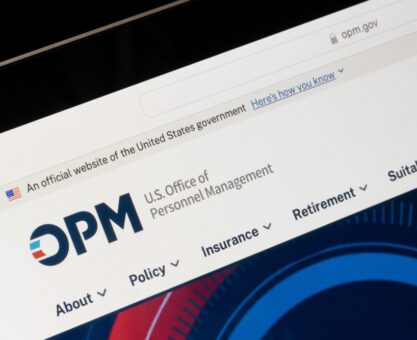Federal employees have recently faced a flurry of actions and Executive Orders aimed at implementing DOGE’s initiatives to reduce the workforce and increase efficiency. This week was no different. Here’s a recap.
Monday, February 10, U.S. District Judge George A. O’Toole Jr. continued the temporary restraining order on the deferred resignation program that he originally imposed on Thursday, February 6. That initial ruling effectively extended the February 6 deadline for federal employees wishing to accept the offer. The administration expected 5% to 10% of eligible federal employees to take this offer, sources say around 75,000 have accepted.
Tuesday, February 11, President Trump signed an Executive Order to implement the Department of Government Efficiency’s workforce optimization initiative. Agencies impacted by the order have been instructed to create and submit plans for large-scale reductions in force (RIFs). The order also advised agencies to seek hiring guidance from DOGE and their data-driven system, separate temporary employees and reemployed annuitants that would likely be affected by RIFs, and hire no more than one person for each four separated.
Wednesday, February 12, U.S. District Judge George A. O’Toole Jr. declined to extend the temporary restraining order that he issued for the deferred resignation program. Judge O’Toole did not issue a ruling on the legality of the program, stating instead that the Court lacked the jurisdiction to rule and the plaintiffs, comprised of several federal employees unions, lacked the standing to bring suit. Following the decision, OPM announced that the deferred resignation program was officially closed.
Thursday, February 13, the Trump Administration ordered agencies to begin layoffs of nearly all probational employees. These employees have yet to gain civil service protection for their positions. It is estimated that this action could affect hundreds of thousands of employees.
When you combine all of this with hiring freezes, OPM requesting agencies to provide lists of probational and low-performing employees, the end of telework, and GSA plans to sell federal buildings, it’s clear that President Trump intends to make good on his campaign promise to decrease the size of the government.
There’s never a better time to plan for the future than when that future is uncertain. The decisions you make now will have lasting impacts for years to come. A free consultation with a Federal Retirement Consultant® can give you a clear picture of where you stand financially and help you create a plan for your next chapter.


























